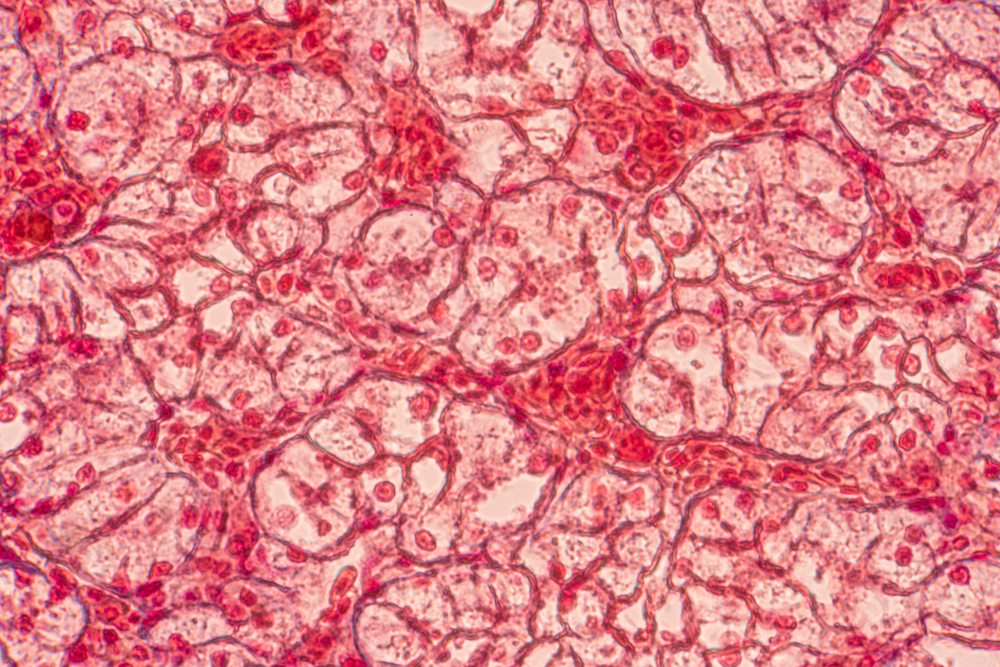Altered intercellular communication is an increasingly common phenomenon whereby cells of the human body fail to properly interact with each other, leading to health consequences such as diseases, cellular damage, and even death. While the exact cause of altered intercellular communication is still largely unknown, researchers have identified potential methods to mitigate these risks and counter its adverse effects.

The first, and perhaps the most important, step to mitigating the risks of altered intercellular communication is reducing environmental and lifestyle factors that can contribute to its development. This includes reducing or abstaining from alcohol and tobacco use, leading a healthy lifestyle with a balanced diet and regular exercise, and avoiding exposure to air pollution and heavy metals. In addition, practicing stress relief techniques such as yoga and meditation can help maintain the proper intercellular communication within the body.
In addition to reducing lifestyle risk factors, treatments and preventative strategies to counteract altered intercellular communication can include a variety of natural, pharmacological, and technological approaches. Studies have found that herbal supplements, such as extracts from red ginseng or ashwagandha, can help promote communication between cells and reduce risk. On the pharmaceutical side, there are a number of drugs that can reduce inflammation and damage caused by intercellular communication issues and certain compounds that can stimulate cell-to-cell communication. Finally, the use of nanotechnology in the form of nanomaterials and nanodrugs can lead to advances in gene therapy to directly address underlying problems causing altered cell-to-cell communication.Ultimately, mitigating the risks of altered intercellular communication requires a holistic approach to addressing lifestyle risk factors and incorporating innovative treatments and preventative strategies. Effective management of the underlying causes of altered intercellular communication and protection of the human body from its potential effects are essential steps to maintaining cellular health and preventing serious diseases and illnesses.
